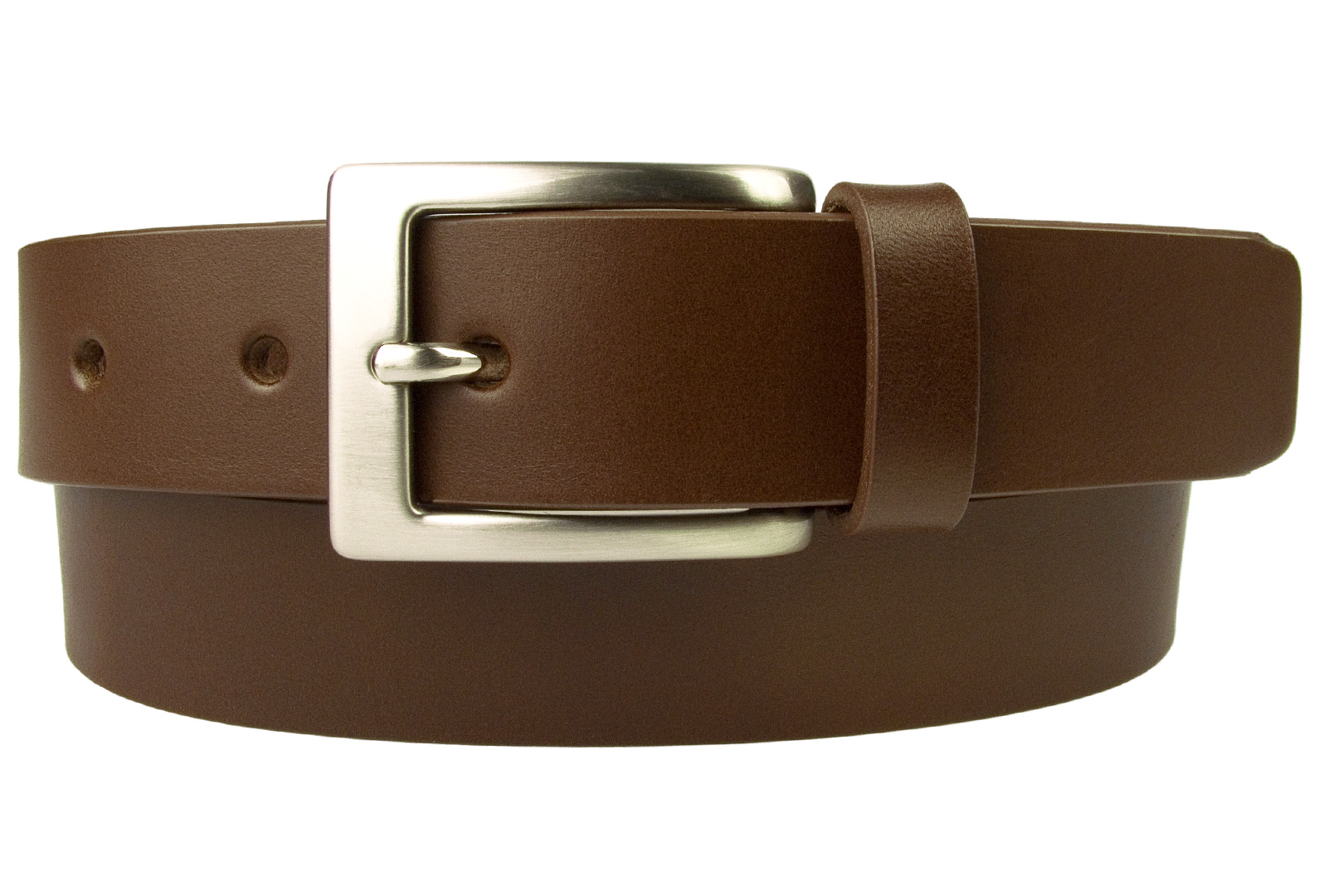When it comes to ensuring the efficient operation of your vehicle, few elements are as crucial yet often overlooked as the serpentine belt. This seemingly innocuous rubber band is a vital component in your car’s engine, wielding significant influence over the performance of key systems. So, how should a car’s serpentine belt fit? To answer this, we must delve deeper into the specifics of belt fit, installation, and maintenance. By understanding the intricacies of this essential part, you’ll begin to appreciate the role it plays in your vehicle’s overall health.
First, let’s unravel the serpentine belt itself. This single, continuous belt is tasked with driving multiple peripheral devices in an engine, including the alternator, power steering pump, water pump, and air conditioning compressor. The efficiency of these systems is often contingent upon a properly fitting serpentine belt. An inappropriate fit can lead to a cacophony of mechanical failures that could range from benign to catastrophic.
When shopping for a serpentine belt, the fit must be emphatically precise. The correct belt length and width are paramount in achieving an optimal fit. While it may seem simple, a miscalculation can lead to slippage, which compromises the belt’s performance. To determine the appropriate size, it is wise to refer to the vehicle’s owner manual or consult with an automotive professional. That said, a general rule of thumb is that the belt should be snug against the pulleys but not excessively tight. If you find yourself in a situation lacking a manual, measurements of the existing belt can be taken as a reference point, ensuring you secure a fitting replacement.
But what does a proper fit truly entail? One of the cardinal measures is the tension level. A serpentine belt functions within a precise range of tension. Too much tension can lead to strain on other engine components and premature wear, while too little can result in slippage. An effective tensioner is integral, ensuring that the belt maintains optimal tension throughout its operational life. Regular visual inspections of the belt and tensioner can facilitate prompt identification of any deviations from the ideal tension, mitigating further issues.
Moreover, it is essential to account for the condition of the pulleys themselves. Worn or damaged pulleys can affect the serpentine belt’s performance. If pulleys are jagged, rusty, or covered in debris, the belt cannot function effectively. A thorough examination of the pulleys should always accompany any assessment of belt fit. Any signs of wear can indicate a need for replacement before the serpentine belt is replaced. The symbiosis between pulleys and the serpentine belt is critical; neglecting one can spell doom for the entire system.
Installation is another phase where belt fit can significantly affect performance. When replacing a serpentine belt, it is essential to follow routing diagrams accurately. A common mistake involves improper routing which may lead to operational inefficiencies. The belt should be routed in a pattern that allows for optimum movement across the pulleys, aligning itself snugly without being overly tight. Misalignment can induce vibrations resulting in noise or damage, thus necessitating meticulous attention during the installation phase.
Once installed, regular maintenance becomes vital in preserving the integrity of the serpentine belt. Inspecting the belt for visible signs of wear—cracks, fraying, or glazing—provide immediate insight into its health. A visual check every few months, especially before long trips, can preempt larger issues down the road. Delve deeper by examining the tensioner and pulleys as well, as these components are foundational to the belt’s function.
Curiously, the environmental factors in which you operate your vehicle can also influence serpentine belt performance. Extreme temperatures, whether frigid or sweltering, can affect the rubber material, leading to cracks and loss of elasticity. Moreover, exposure to certain chemicals can exacerbate deterioration. Being cognizant of these variables will empower you to preserve the life of your serpentine belt, ensuring it functions optimally for an extended period.
In conclusion, the fit of a serpentine belt, while seemingly simplistic, is a multifaceted aspect of your vehicle’s performance and longevity. Understanding its complexity invites a deeper appreciation for automotive mechanics. From ensuring precise measurements and proper installation to conducting regular maintenance, every step plays a crucial role in the serpentine belt’s functionality. By shifting your perspective on this vital yet often ignored component, you position yourself as a more informed vehicle owner, capable of maintaining a car that operates smoothly and efficiently. So next time you think about your car’s performance, spare a thought for the serpentine belt and its imperative fit!
